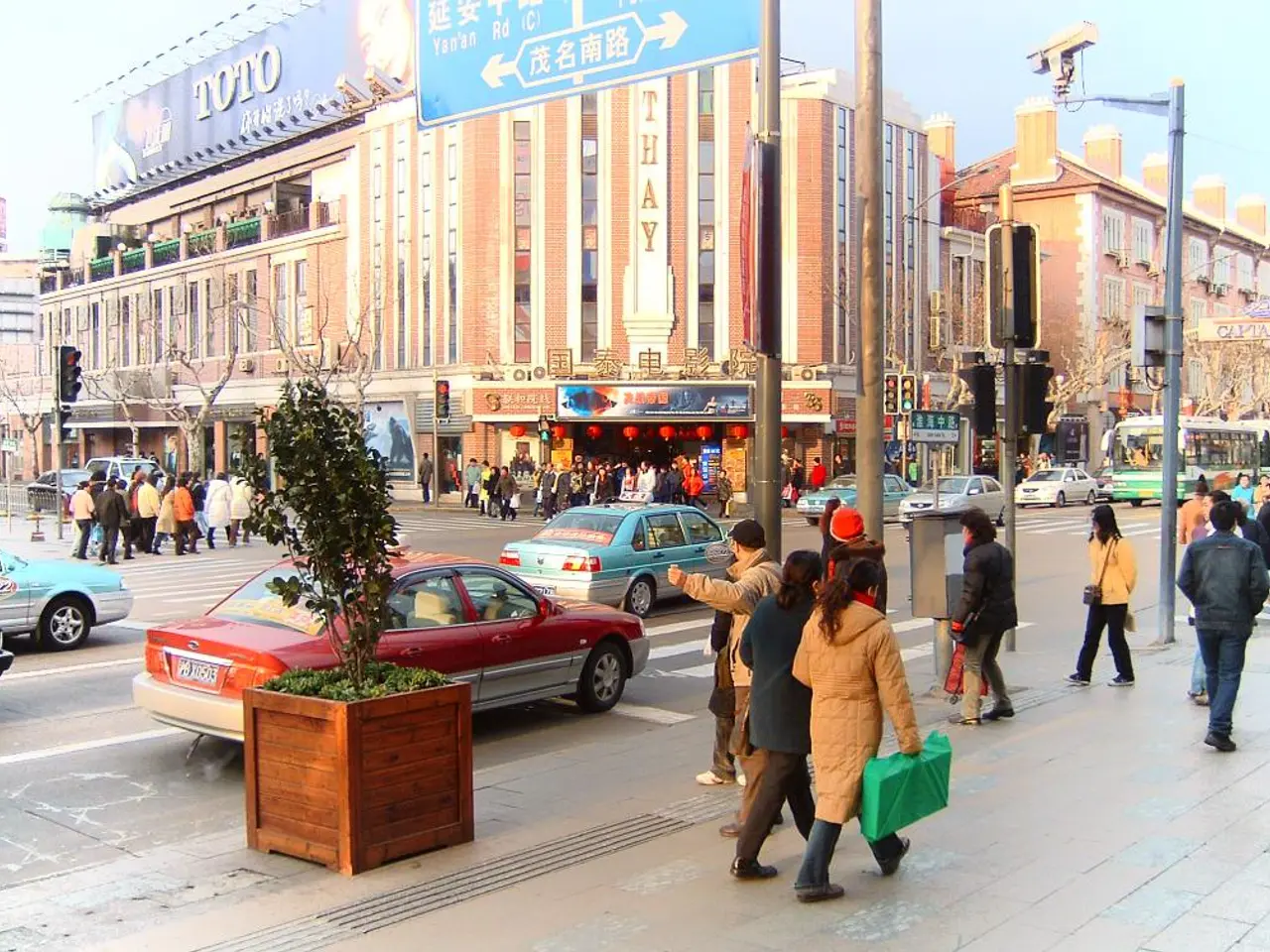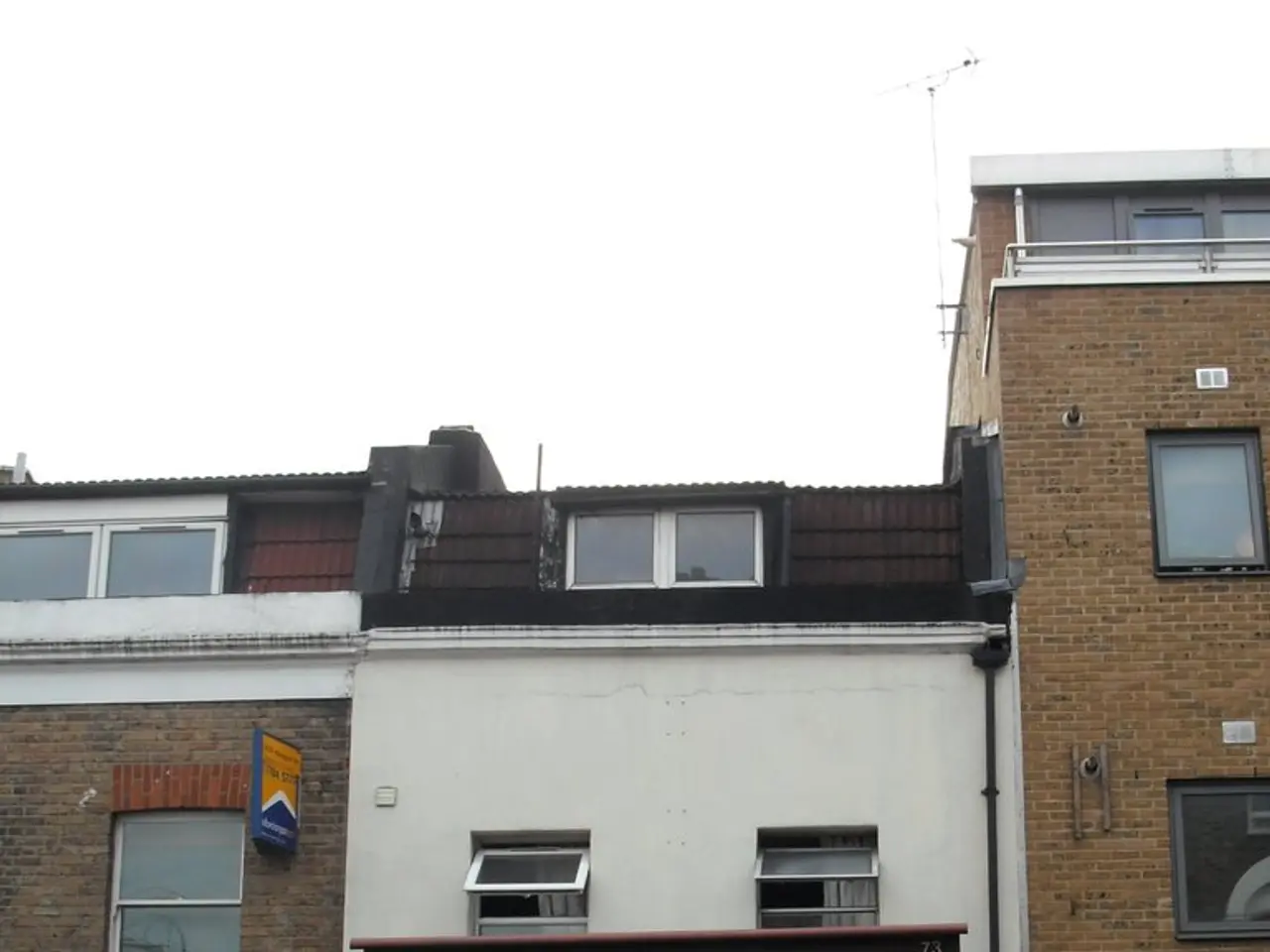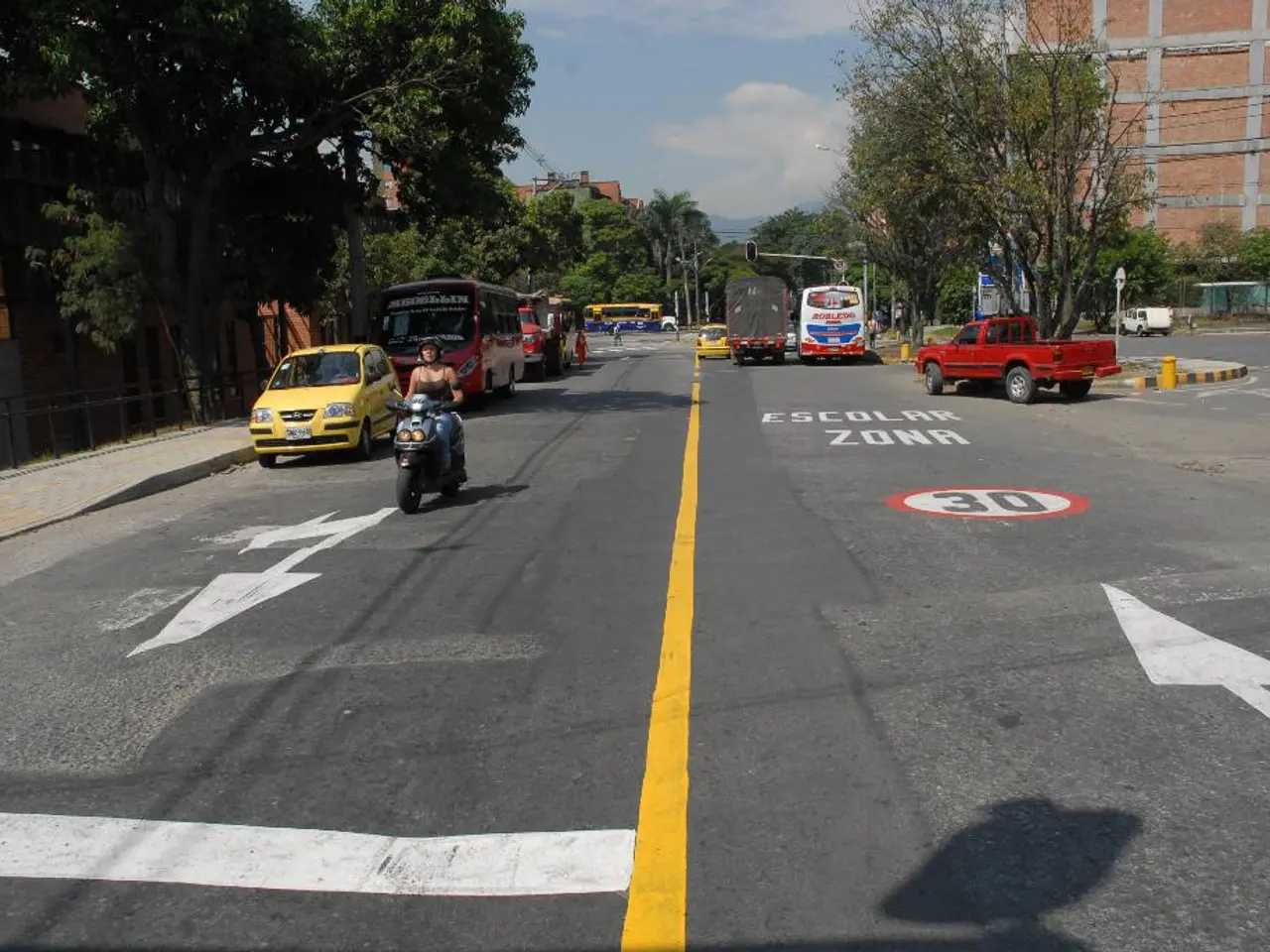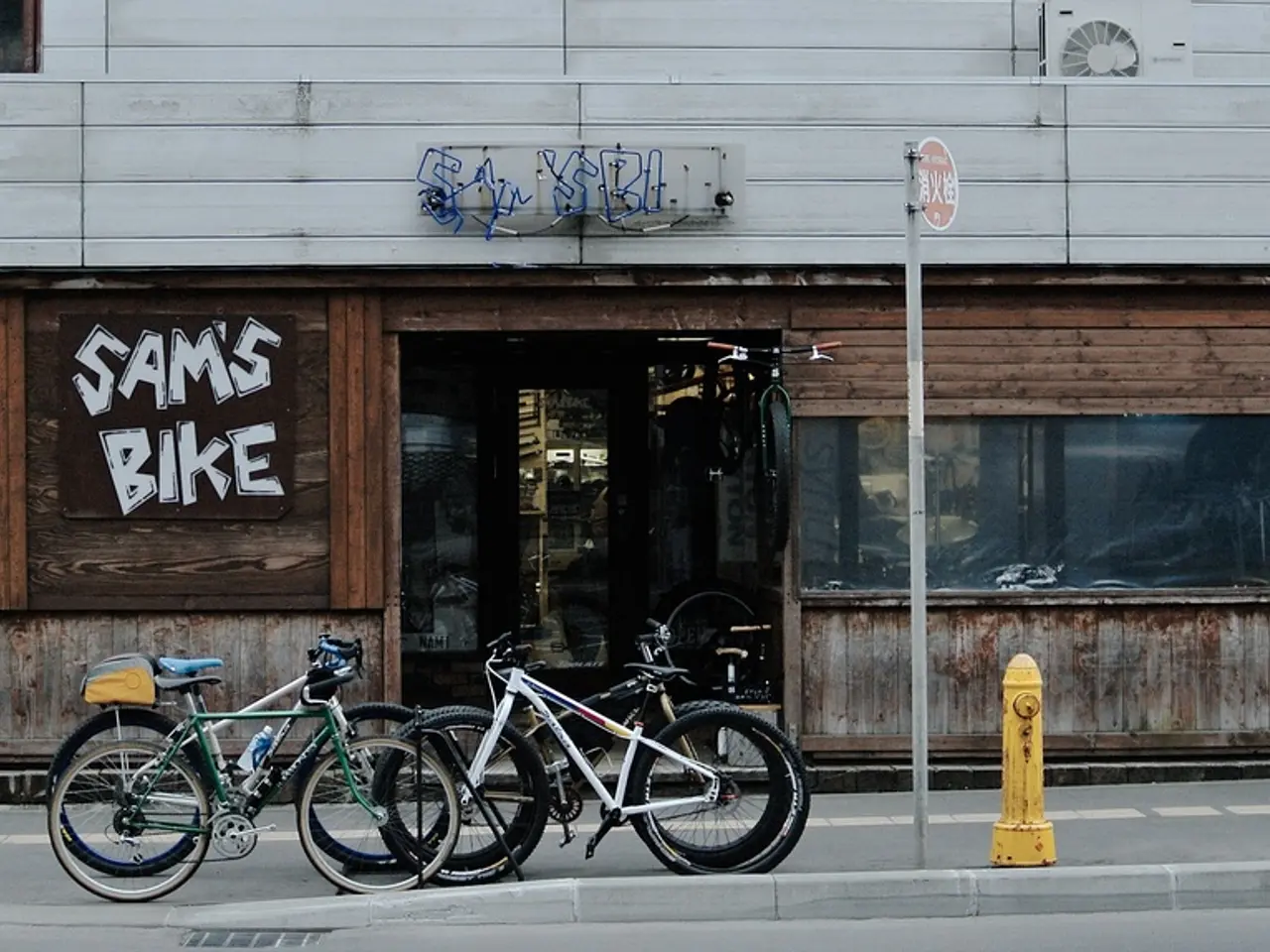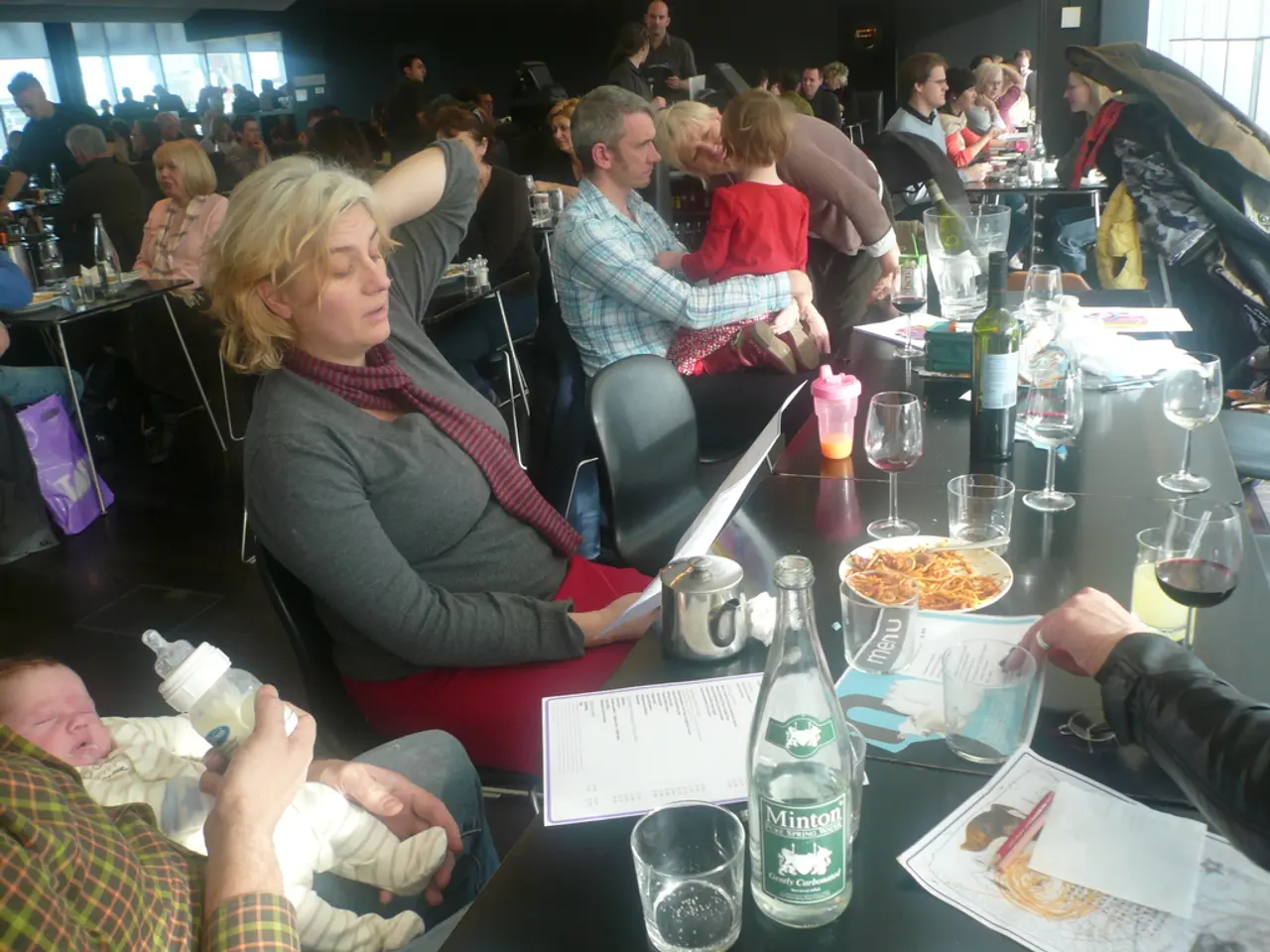Accelerated Pace and Shorter Stay for Pedestrians Observed by Researchers
In a groundbreaking study published in the Proceedings of the National Academy of Sciences, researchers have revealed that the behavior of pedestrians in three northeastern U.S. cities has undergone significant changes over the past three decades [1]. The study, titled "Exploring the social life of urban spaces through AI," was co-authored by MIT scholars, including Carlo Ratti, and used machine-learning tools to analyze footage from the 1980s and 2010.
The research found that the average walking speed of pedestrians increased by 15 percent from 1980 to 2010, while the number of people lingering in public spaces declined by 14 percent in that time [1]. These findings suggest that broader urban behavioral changes may be at play, with pedestrians now walking faster and spending less time in public areas.
One potential factor contributing to this trend is the increased use of cellphones by pedestrians. The constant engagement with mobile devices can encourage faster walking as people often walk while using their phones to stay connected or move toward specific destinations [1]. The prevalence of coffee shops and other quick-service venues may also influence pedestrian behavior by encouraging more purposeful, goal-oriented movement rather than extended socializing in public spaces.
The study used footage recorded at four spots in the three cities combined: Boston's Downtown Crossing area, New York City's Bryant Park, the steps of the Metropolitan Museum of Art in New York, and Philadelphia's Chestnut Street. The 1980s-era footage was archived by the Project for Public Spaces and later digitized by Keith N. Hampton and his students. In 2010, new footage was shot at the same locations to compare current-day dynamics with those of the past.
Interestingly, the percentage of people walking alone barely changed, from 67% in 1980 to 68% in 2010. However, the percentage of individuals entering public spaces who became part of a group declined from 5.5% in 1980 to 2% in 2010 [1]. This decrease in outdoor group socializing could be due to the proliferation of coffee shops and other indoor venues, making people move their social interactions indoors.
To shed more light on the interaction between people and public spaces, Ratti, Duarte, and other researchers from MIT's Senseable City Lab are conducting an extensive survey of European public spaces. They are collecting footage from 40 squares in Europe to study public-space behavior at a larger scale. The researchers speculate that the decrease in outdoor group socializing could be a trend that extends beyond the U.S.
In conclusion, the factors contributing to increased walking speed and decreased lingering include technological adoption (cellphones) and shifts in urban commercial landscapes (coffee shops), which promote more efficient, less social lingering in public spaces. The study provides valuable insights into the evolution of urban pedestrian behavior and serves as a foundation for future research in this area.
References: [1] Salazar-Miranda, A., Fan, Z., Baick, M., Hampton, K. N., Duarte, F., Loo, B. P. Y., Glaeser, E., & Ratti, C. (2021). Exploring the social life of urban spaces through AI. Proceedings of the National Academy of Sciences, 118(46), e2111865118. doi: 10.1073/pnas.2111865118
- The study on urban spaces reveals that students from the Project for Public Spaces digitized 1980s footage used in the research.
- The researchers found an increase in average walking speed among pedestrians due to the widespread use of technology like artificial intelligence and cellphones.
- Remotely working or commuting may be influenced by technology and data-and-cloud-computing advancements as people now walk faster and spend less time in home-and-garden or public spaces.
- The research suggests that lifestyle choices, such as the preference for indoor venues like coffee shops and quick-service restaurants, may have contributed to decreased lingering in public spaces.
- The study data can be utilized in various domains, including science, environmental conservation, and policy making, to encourage more efficient urban planning that allows for effective use of public spaces.
- In future studies, researchers will analyze footage from Europe's public spaces to study various factors that influence how people interact and behave in urban settings, aiming to better understand and improve lifestyle and urban development trends.
